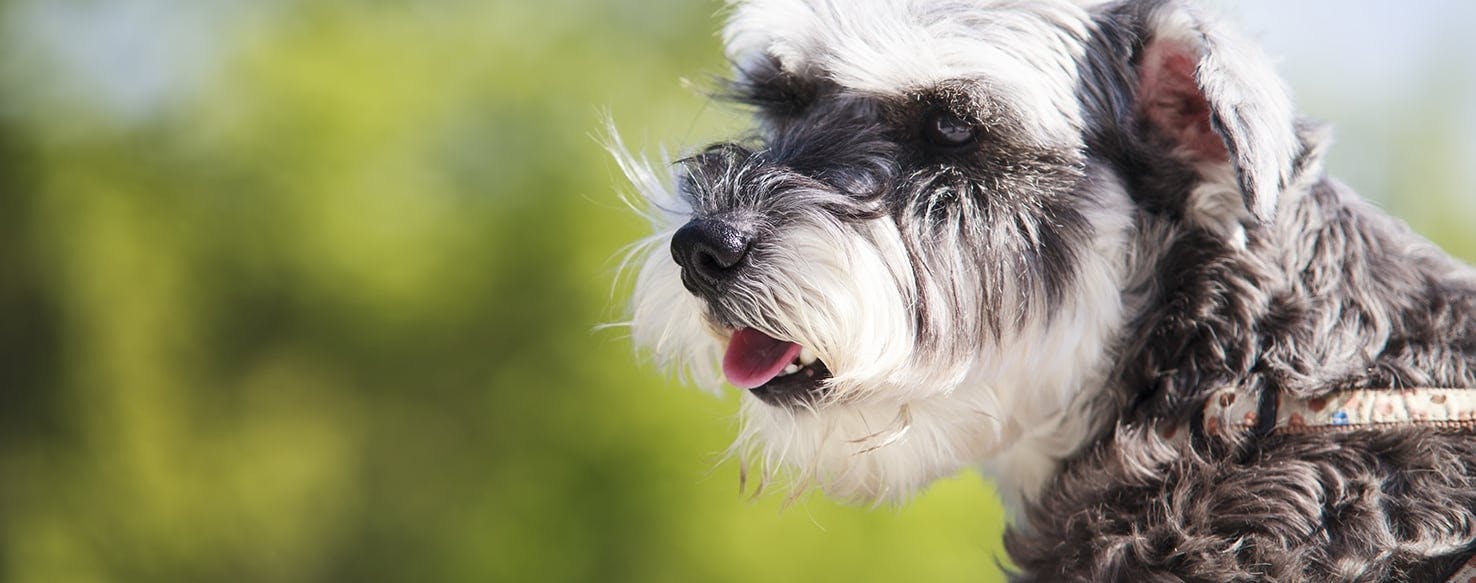
Save on pet insurance for your pet
You don't have to choose between your pet and your wallet when it comes to expensive vet visits. Prepare ahead of time for unexpected vet bills by finding the pawfect pet insurance.
A dog with cauliflower ear will have an ear or ears so full of blood that they feel like a water balloon! The ear may even swell shut and will likely be very itchy.
Dogs get cauliflower ear for a couple of different reasons. For example, a pup who shakes their head a lot for any reason can burst blood vessels in the ears. Some dogs even develop aural hematomas from an improper immune system reaction. A foreign body (such as a grass awn) can cause ear trouble, as can an ear infection or an insect bite to the ear.
To confirm what has caused cauliflower ear in your dog, your vet will need to take a sample of the blood or fluid present in the hematoma. They may swab the ear to test if bacteria are present. In the case of an ear infection, a bacterial culture may be required. To learn more about what's causing cauliflower ear in your pup and how to spot it, take a look at this article: Ear Hematoma in Dogs.
There are a few different ways to treat cauliflower ear in dogs. Sometimes just lancing the ear with a syringe is all that is needed. More complicated cases may require a surgery where the ear is basically quilted with sutures.
To help your pooch heal properly, keep the ear extra clean after it has been treated. Putting an Elizabethan collar your dog can also help to keep the area free from irritation until healing has taken place.
-
Fluid filling the ear
-
The ear is painful to touch
-
Tissue that resembles a cauliflower
-
Head shaking - this is something that dogs do when their ears hurt, that people do not
-
Deformations - human ears are often permanently deformed after cauliflower ear takes place
-
Headaches - this symptom is an easy one to confirm in people, but is not so easy in dogs

